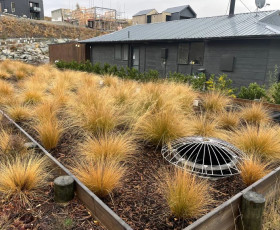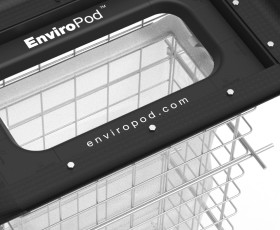Waiheke Island Litter Hotspot study. Assessment of the LittaTrap™ in 34 locations in a 12-month pilot study identifying trash hotspots.
Litter entering waterways from stormwater drains is ubiquitous and causes pervasive environmental consequences. A recent article in the journal Science estimates that between 24 and 34 million metric tonnes of plastic enter our oceans and freshwater resources every year, and this is expected to grow unless we intervene with systemic changes to the way we work with plastic materials1.
This study was conceived in 2018 and began in June 2019. A detailed study of litter items entering stormwater drains was conducted by installing LittaTrap™ catch pit inserts into 34 drains across the island of Waiheke, Auckland, New Zealand. Regular samples were taken and analysed. Samples were sorted and individual litter items were counted by hand. The trial continued for one year.
This project found that on average 834 pieces of litter were captured in each drain over the year. However, the average number is not entirely correct because of the variability in litter measured across the 34 drains. In reality, nine drains represent ‘litter hotspots’ capturing more than half of the total litter. These hotspots can vary between collection, month, season or annually based on various social and natural inputs.

LittaTrap™ Hotspot Study on Waiheke Island
Project Focus
Hydrodynamic Separators, GPTs and Inserts
Location
Waiheke Island, Auckland














